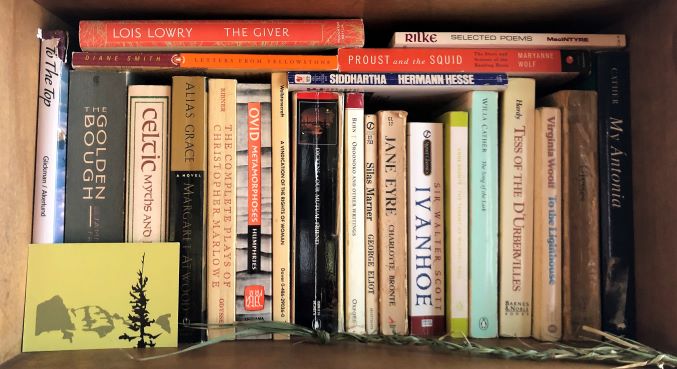Told from the first-person perspective of young Patroclus, Madeline Miller’s The Song of Achilles (2012) reanimates the classical story of famous Achilles for today’s reader.
A few of my favorite reads…
CONTEMPORARY & CANONICAL ǁ NEW & OLD.
Fiction ※ Poetry ※ Nonfiction ※ Drama
Hi.
Welcome to LitReaderNotes, a book review blog. Find book suggestions, search for insights on a specific book, join a community of readers.




















